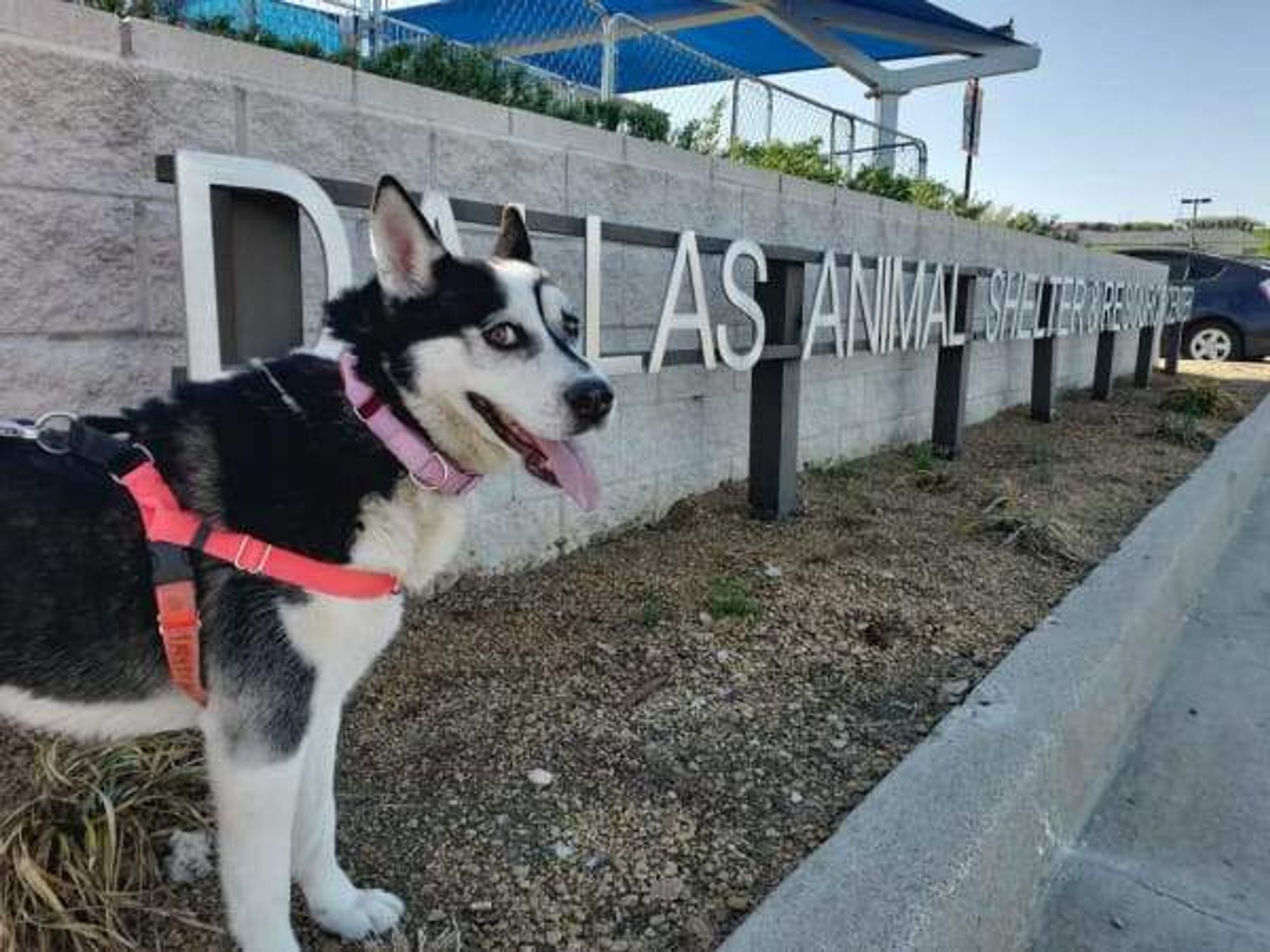Bike Sharing Update
LimeBike pledges to change placement of its shared bikes in Dallas

Despite some minor online whining, bike sharing is proving to be an increasingly popular amenity in Dallas, according to figures released by LimeBike, one of the half-dozen bike-sharing companies that have descended on the city in the past eight months.
Since launching last August, LimeBike has helped roughly 70,000 residents and visitors take more than 180,000 trips.
In a memo to the city, LimeBike cofounder and CEO Toby Sun and Texas director Sam Sadle acknowledge that the "speed and scale" of dockless bike deployments from LimeBike and other companies has not been "without challenges," but emphasize the majority of feedback they're receiving from businesses and the public has been positive.
"We have heard the Dallas community's feedback loud and clear and are prepared to respond accordingly to ensure bikeshare serves the City well," their statement says.
To that end, the company is taking some immediate steps that include:
- Increasing the size of the local Dallas operations team
- Stopping the deployment of new bikes other than those that are currently on the ground
- Modifying the distribution to ensure that bikes are better spread throughout the city
They currently have a local team of more than 50 bike operations specialists, repair technicians, and drivers, led by general manager Anthony Fleo and operations manager Jeff Roberts — both Dallas locals who are familiar with the city.
Their field operation monitors the fleet on foot or bike, with special operations teams focused on downtown Dallas, Uptown, and White Rock Lake. They also dedicate teams to Highland Park, the Village Apartments, and Greenville Avenue. Two teams are dedicated to serving the entirety of the city of Dallas, responding to reports submitted to their 24-hour customer support line, their in-app reporting feature, and the City's 311 operations center.
In the area of distribution, the company intends to place more bikes in communities previously underserved or where mobility was limited.
The company has received feedback that there are too many bicycles along Katy Trail and at White Rock Lake, but their statistics on where trips originate show that those are the areas with the highest demand. "Nonetheless, we will expand our operations presence at parks and trails to ensure our bikes do not impede the ability of Dallas residents and visitors to enjoy these wonderful public spaces," the statement says.
They're also going to cut down the number of bikes at any given location, with an aim to place no more than 4-6 bicycles at one location, unless it's an area with high demand.
As to complaints that the bikes block pedestrian passage or are knocked over, they're working on a gyroscopic sensor that would signal if the bicycle has been knocked over.
They're also releasing a series of videos to educate people on bikeshare etiquette, with tips on how to use and park LimeBikes responsibly.
Some stats
Increasing rides and ridership: Since launching in August, 69,879 residents and visitors have ridden LimeBike 183,514 times and counting. On Saturday January 20, LimeBikes in Dallas were ridden 5,768 times, a milestone for Dallas and the most trips on LimeBike in one day. Over the last three Saturdays, the company has consecutively broken its Dallas record for most trips per day.
Connecting to transit: 20 percent of of all Dallas LimeBike trips start or end near a public transit station, meaning LimeBike is providing a first- and last-mile solution for Dallas residents to more easily access public transportation.
Traffic congestion: 51 percent of Dallas riders use LimeBike during the evening rush hour, which equates to 39 percent of all Dallas rides, demonstrating that LimeBike is helping Dallas reduce traffic on roadways.
Environmental impact: 90,348.37 pounds saved in Carbon Dioxide, equating to 4,244 trees saved.
Health benefits: 5,010,362 calories burnt by Dallas LimeBike riders, equating to 8,899 big macs.
